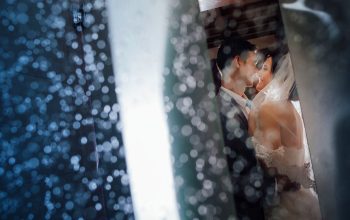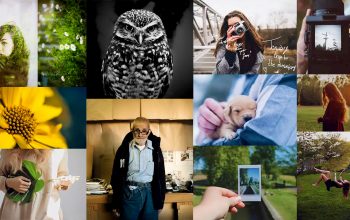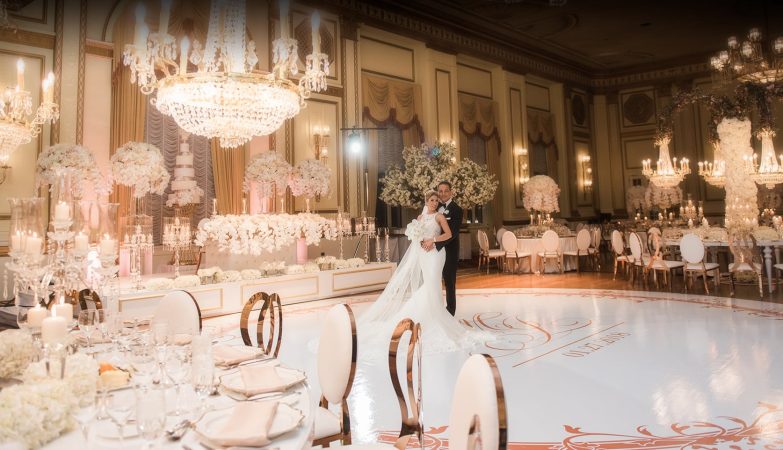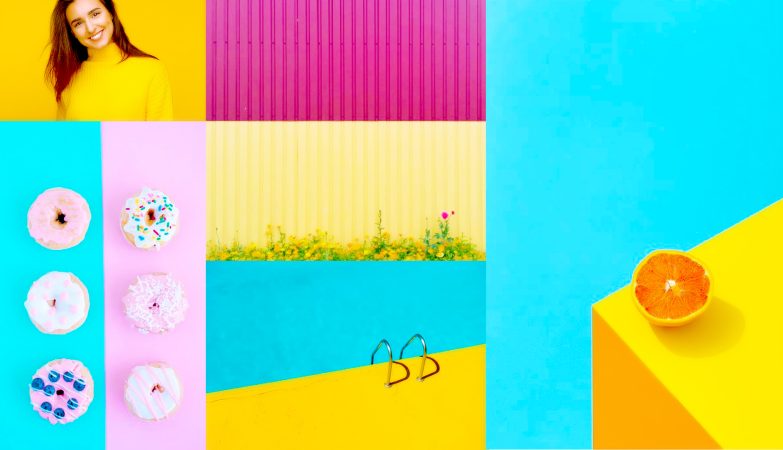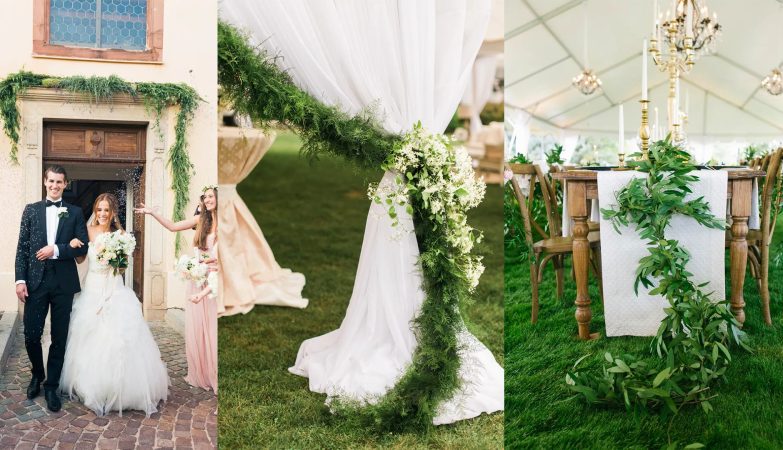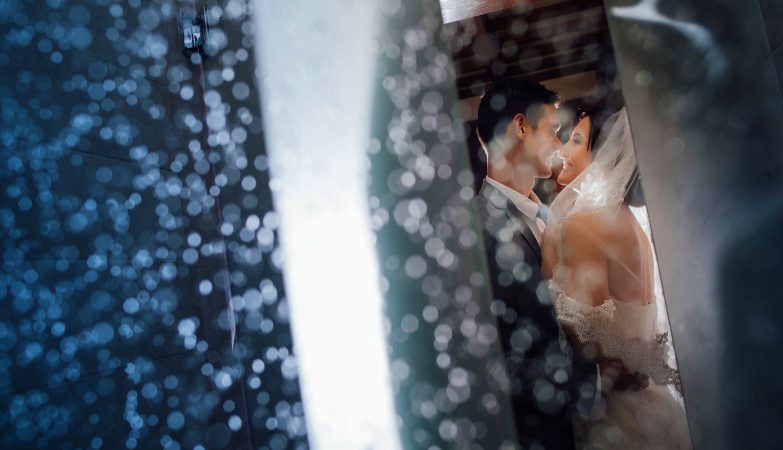
In photography, backlighting occurs when the primary light is behind your subject and toward the camera. Backlight photography may be difficult, particularly if you are accustomed to utilising your camera’s auto exposure settings. With a bright light behind your subject, it’s easy to inadvertently generate an uncomfortable exposure.
This tutorial will demonstrate how to utilise backlighting to make attractive portraits as well as how to establish a proper exposure using it.
What Is The Definition Of Backlighting?

Backlighting is the practise of composing your photographs so that the dominant light source is behind your subject. This may give your images a distinct ambiance while emphasising the topic. Backlighting is a theatrical effect that provides contrast and distinguishes the subject from the backdrop.
This method is difficult to master. The light behind your subject has a significant impact on exposure. Your subject will seem overly dark and underexposed if you do not employ the proper metering mode and settings. You will need to adjust for the intense light impacting your camera’s choice of exposure when using auto exposure settings.
In manual mode, you must choose suitable exposure settings so that your subject is properly exposed and appears as you like.
You may wish to darken your subject at points to create a silhouette appearance. When you want your subject to be properly exposed, make sure your camera only registers the light bouncing off your subject.
How Do You Take A Backlit Photograph?
Photograph In RAW

Any RAW picture file can be edited better than a JPEG. When you take a JPEG photo, the camera does the processing for you. This does not occur in RAW format. RAW captures all of the picture data, allowing for greater quality editing.
This is particularly crucial in the case of backlit images, when the exposure will be adjusted during post-processing. As a result, before dealing with backlight, change the file format to RAW.
Select Manual Mode

You may also use the display on your camera to assess exposure. When set to manual mode, many cameras will display how the exposure will look on the LCD screen in live view mode. By paying close attention to the light reflected off a backlit subject, you may make exposure changes to get the desired appearance. The result of these modifications will be seen on your camera’s LCD screen in real time.
If you are hesitant about utilising the spot metre or manual mode, you may take images in auto mode. Check your LCD screen to see how your illuminated subject appears after you’ve snapped a shot of it. If the scene is too dark, apply exposure correction and dial in plus one or two stops. Take another shot and go over it again. Continue to adjust the compensation until you are satisfied with how your subject appears. Because multiple images must be taken and checked before making exposure changes, this approach will be slower to implement.
You’re better off starting with an underexposed shot. Overexposure causes the picture to lose detail, which is more difficult to recover than underexposure.
Choose Spot Metering

The metering setting on most starter cameras is set to automatic. For backlit shots, I like to use the “Spot” setting on my camera’s exposure meter. In this mode, the light metre will determine the exposure based on a small portion of the frame rather than the whole image.
The metering will most likely be determined depending on the focal point. Different cameras may have different default light metering settings. Make sure to read your camera’s instruction booklet first. Your exposure will be inaccurate if you take a spot metre measurement from the incorrect location in your photograph.
The spot metre may be used in any lighting scenario, not only backlighting. Because I use it often, I set one of my camera’s function buttons to activate the spot metre when I press it.
Create A Conscious Image

Using the sun as a light source necessitates taking your shots at the appropriate time of day. If you are unable to relocate the light source (such as the sun), you may need to return at a different time of day. If you’re somewhere in the morning and the light isn’t just perfect, think about how it would appear in the evening. You may be able to create a picture with much more intriguing backlighting.
Use a lens hood and position yourself to reduce undesired lens flare while shooting outside. Move about the area, attempting to cover the sun with another item, such as a home or tree leaves. When your subject is big and near enough to your camera, hiding the light source behind it may work. Even when the light source is higher, some flare may occur. If you do not want this, you may use your left hand to shade the front of the lens.
The less striking the backlighting effect will be, the farther your subject is from the light source.
Experiment With Various Accessories

For portraits, I nearly always utilise spot metering, obtaining a reading from my subject’s face. This information allows me to generate a photograph with the model’s skin tone properly exposed. I usually use a reflector to bounce light back onto their faces, which reduces the contrast in the shot.
Adding reflected light to a topic will help balance it out. You may use a huge reflector to expose the subject’s face similarly to the backdrop exposure.
Techniques For Photographing In Backlight
Backlighting often results in an unevenly exposed composition. Give up now if you want a lovely bell-shaped histogram. It will not happen in backlit photographs. This, however, is not a terrible thing. In fact, ignoring technical perfection will allow you to catch some unique lighting effects.
Producing Silhouettes

Sometimes you’ll want to expose your shot such that the backdrop is properly illuminated while your subject is underexposed. This kind of silhouette is possible.
If you set your camera to evaluative metering, the camera will consider the subject and metre the light appropriately. This may result in an overexposed backdrop. It may vary depending on how much of the frame your topic occupies.
Spot metering should be selected as the metering mode. This will provide more precise exposure settings for the background than evaluative metering.
When shooting straight into the sun at a low angle, your exposure may be altered. When facing the light source, be sure the picture does not blow out. Instead, use manual mode or exposure compensation to choose settings that result in a darker image, highlighting the sky.
Translucent Subjects Should Be Used

When illuminated, translucent subjects appear fantastic. Some light is reflected by smoke, water spray, foliage, flags, and other objects. This gives them a somewhat surreal brilliance.
Look for these things and place them against a dark backdrop to make them stand out.
Create Lens Flare

Backlighting in photography may result in a wide range of image types. Lens flare may be caused by a low light source that is below and behind your subject. This is fantastic if you want the look, but bear in mind that lens flare may potentially spoil a photograph.
Begin moving around your subject to generate an appealing lens flare. Examine how the angle of your camera affects how the light falls on your subject.
You may move the light source while employing backlighting in a studio to create a lens flare. Place it behind and slightly above your subject. In this manner, when your camera is pointed towards the model, you’ll get some lens flare from above. You may modify the brightness of the light to vary the intensity of the flare. By adjusting the composition, you may also remove part of the light from the frame.
For Street Photography, Use Backlighting

Backlit photographs with high contrast may be dramatic. When you use another light source or reflector as a fill light, your exposure is balanced.
Look for instances where backlit individuals have something reflecting light onto their faces while performing street photography. If there was no reflection back into the subject’s face, their skin tone would be far too dark.
When utilising an outdoor studio, controlling the light using a reflector might help you obtain better exposures.
Backlit Photos In Post-Processing

Backlit photographs often benefit from some post-processing. JPEG files will not withstand this much editing, so shoot in RAW.
Typically, the camera will not reproduce details in the brightest and darkest portions of photographs with strong contrast. It is always preferable to underexpose a photograph. Your photograph will not lose as much information as it would if you overexposed it.
Enhancing contrast in backlit pictures in post-processing will result in more fascinating shots.
To enhance the impression of a dark backdrop, intensify the shadows and blacks. When taking photographs, keep the subject’s face clear and the skin tones even.
Conclusion

Backlighting may be difficult. The more you practise, the more you’ll grasp how each circumstance, topic, and light source acts differently. With a little practice, you’ll be able to use backlight to add a lovely ambiance to your images. We hope that this post has assisted you in making better use of backlighting!

